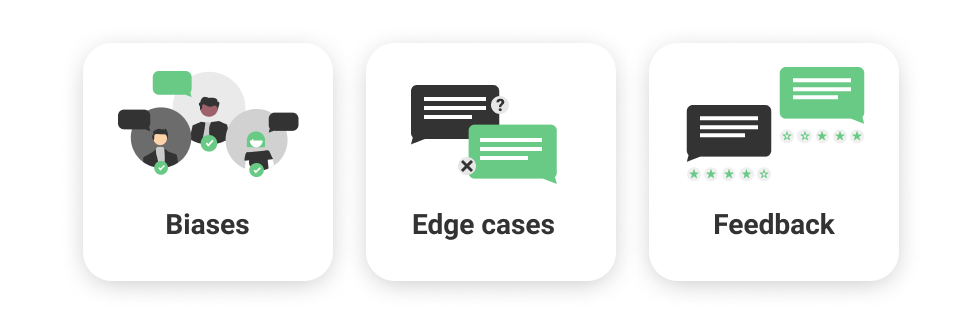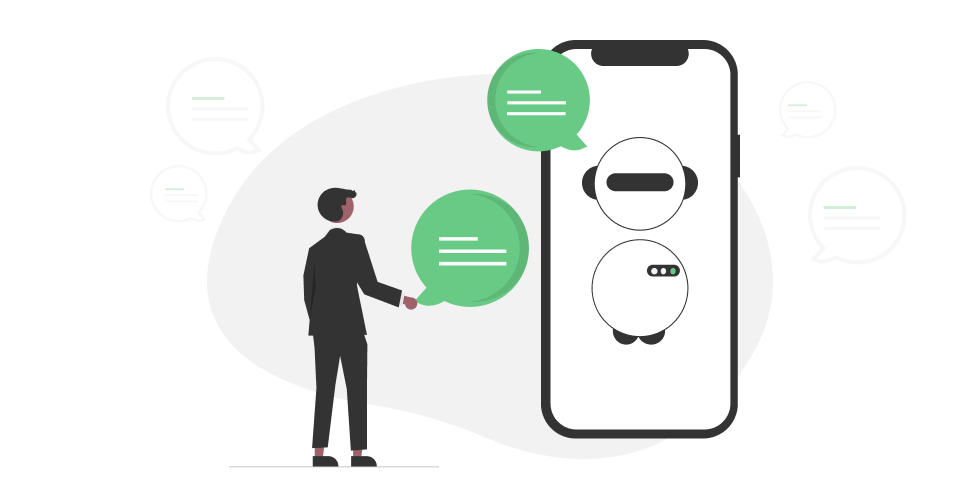 |
submitted by /u/Botmywork [link] [comments] |
Blog
-
Free WP-Chatbot Builder for Messenger Plugin | BotMyWork
-
How WhatsApp Chatbots are Revolutionising Customer Engagement for Businesses
Discover how Conversational AI-powered #WhatsApp virtual assistants are empowering businesses to improve customer engagement, boost sales, and drive growth.
In this #Webinar, we join hands with WhatsApp to enable you to understand how #WhatsAppBusinessAPI allows businesses to seamlessly reach out to their customers and how WhatsApp chatbots allow you to effectively tap into various touchpoints of a customer’s journey and provide, immersive and personalized experiences that improve customer satisfaction and loyalty.
See Video – https://www.youtube.com/watch?v=Xqj0o4YXwMY
Connect with #YellowAI team at – https://yellow.ai/WhatsApp-api
submitted by /u/Mysterious_Ad_878
[link] [comments] -
Ushering in A New Era of User Interactions with Voice-Enabled Chatbots l yellow.ai
Today, #VoiceBots are being implemented by a number of organizations across the globe to streamline customer engagement and provide a unique experience to users. With voice being a preferred channel of interaction among customers and nearly 60-70% of customer service interactions being over voice, conversational voice bots are the future and can be leveraged to bring a marked difference in the total cost of operations while being able to provide a superior CX.
See Video – https://www.youtube.com/watch?v=KcqWVRa_yIA
Connect with Yellow ai team at –
submitted by /u/Mysterious_Ad_878
[link] [comments] -
Conversation Design: Ethics and Inclusivity in the Design Process

Ethics in conversation design refers to the consideration of moral principles when designing and developing AI experiences. This is a topic that is not often discussed as part of the design process, perhaps because it’s difficult to talk about, or maybe is often ignored. Conversational technologies can be influenced by the biases of their creators and it’s important to consider this to ensure our designs are inclusive and transparent.
Technology made by humans is subject to the same risks and flaws as humans, and it’s naive to think that our social ills will disappear in the technology we create.
— Tarah Knaresboro, Conversation Designer
So what does that mean? Let’s look at 3 things to consider when designing for ethics and inclusivity:
Conversation Design: 3 Things to Consider When Designing for Ethics and Inclusivity Biases in Conversation Design
One of our biggest challenges as conversation designers is being mindful of bias. It’s something that often goes unnoticed, especially if there’s a short deadline to meet, but conversational AI is vulnerable to social harm caused by biases. For example, the accent bias that exists in smart speakers. The Washington Post teamed up with two research groups to test thousands of voice commands dictated by more than 100+ participants across 20 cities in the United States.
The Washington Post: Google Assistant and Alexa have trouble understanding certain accents The results showed that U.S southern accents were 3% less likely to get accurate responses from a Google Home speaker and Midwest accents were 3% less likely to be recognized by Alexa. But more troubling was users with non-English native accents experienced 30% more inaccuracies, facing the biggest representational harm. This is a problem because these speakers were designed to be effective in people’s lives but are creating a negative impact when users interact with them and are misunderstood.
So why did this happen? The data set of training phrases for these smart speakers were composed of predominantly white, non-immigrant, non-regional, English dialects so accents less common or prestigious were less likely to be recognized.
We as designers need to recognize our biases and make sure we’re considering ethical principles in our conversation design to help minimize social harm.
- Collect as much data about your target audience and evidence for their needs and review it with your team.
- While designing your bot persona, don’t assume everyone will like it. Does it represent a harmful stereotype? Is there verbiage that is offensive to specific groups? Does it have a personality trait that could be insulting in other cultures? Make sure to get feedback from a diverse group of users and see how they react to it.
- Use simple language when writing prompts instead of your own language patterns. What you understand may not be clear to others.
- Don’t make assumptions about what users utterances’ mean. Certain utterances like “I need to check a reservation” may not mean the same thing to everyone else.

Edge Cases in Conversation Design: Predicting the Unpredictable
Edge cases are scenarios that deviate from the happy path and are mistakenly considered very rare and unlikely to happen. Thus edge cases are written off because of this. However, dismissing these edge cases could also be dismissing how marginalized groups may interact with the solution, putting a group of users’ needs over others.
Edge Cases in Conversation Design To avoid this thinking, we can ask ourselves if we’re making assumptions:
- How are we making this decision? Based on the timeline? Resources? Business needs? User evidence?
- What end-users are we ignoring?
- Do we have data to back up each edge case? If not, we’re making an assumption. If yes, then why is this an edge case?
- Who and where did we collect the data from?
Feedback and the Conversation Design Process
We want to make sure that our designs work for everyone and one of the best ways to ensure that is to collect diverse feedback. You can enlist users to help test your design or product through recruiting companies who can source very specific candidates based on demographics or through remote testing. Having this diverse user testing will help you understand users’ needs and desires and allow you to design conversations for all. This includes diversity in physical abilities, region, fluency, educational background, income, religious and cultural background, age, gender, sexual orientation, and more.
Feedback and the Conversation Design Process Some things to note while collecting feedback:
- Did anyone struggle to understand the goal of the interaction? Was there hesitation or confusion from the user? Did anyone expect a different outcome?
- Were users able to understand the prompts and language clearly?
- How did users react to the bot’s persona?
- Were the interactions difficult for any specific group of users?
- Was there an important need that a user had that the bot couldn’t handle?
Trending Bot Articles:
2. Automated vs Live Chats: What will the Future of Customer Service Look Like?
4. Chatbot Vs. Intelligent Virtual Assistant — What’s the difference & Why Care?
The Uncanny Valley of Conversational AI
This article has been mostly focused on designing for all users and ensuring we consider ethical principles in our conversation design. This also includes being as transparent as possible with users.
Users are not always aware of the type of data they’re given and how data is processed and stored which creates privacy concerns. It’s important for individual privacy to make sure users consent to what data they’re given and how that data is used.
We also want to avoid stepping into the Uncanny Valley. It’s crucial to let users know they’re conversing with a bot. When a chatbot or conversational AI seems too human, it can trigger a negative response and make users uncomfortable. It can also mismanage human expectations. Saying words like “I’m designed to” or calling your bot a “virtual assistant” can help set the precedent early on. Disclosure is key. There’s even a law in California where you need to make it clear that your bot is not a human.
Remember Humans Aren’t Perfect
And neither is the technology we design, but it’s important that we try our best to catch these biases by recognizing them in the early stages of design, questioning our edge cases, and diverse user testing, because if your bot is launched into production without these considerations there may be ethical consequences.
If you’d like to learn more about Conversation Design and the role of AI chatbots in implementing this design philosophy into your business, please reach out to us at Master of Code.
Don’t forget to give us your 👏 !

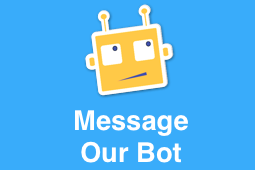
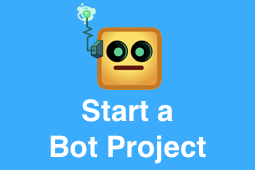
Conversation Design: Ethics and Inclusivity in the Design Process was originally published in Chatbots Life on Medium, where people are continuing the conversation by highlighting and responding to this story.
-
Conversational AI in Production – Challenges and Advances
Sharing an upcoming seminar by Aravind Ganapathiraju, on taking Conversational AI from research to production. He will dig into the challenges and some approaches that are used to overcome them. The challenges covered will include: data curation, modelling, optimization, service delivery and customer success.
Event Link: https://www.linkedin.com/events/conversationalaiinproduction-ch6849182896587198464/
submitted by /u/ekshaks
[link] [comments] -
Cognitive Cloud Engagement Platform to Automate your HR Processes
#ConversationalAI can help boost motivation differently for different employees, identify gaps and issues, report to management in-time, and lead to keeping the balance and harmony of enterprise business goals and employee motivators. AI-powered chatbots have become increasingly prevalent in customer-facing functions such as customer support, marketing, and sales.
See Video – https://www.youtube.com/watch?v=WIf2SL02AlA&list=PLZS6UYtujN1D005bvf5lTROiTmT7AKwUi&index=4
Connect with Yellow ai team at – https://yellow.ai/use-case/conversational-commerce-automation
#conversationalaichatbot
#aichatbot
#aichatbotonline
submitted by /u/Mysterious_Ad_878
[link] [comments] -
personality forge is down again
personality forge is down again i wonder what is going on?
submitted by /u/loopy_fun
[link] [comments] -
How to get customers for a hybrid Custom ChatBot Saas?
Me and my buddy develop a custom hybrid ChatBot. Basically the ChatBot can do operations to provide information from APIs and present it on the chat based on user options selection. In addition at some point request live chat if needed. The agents (one or a group) can use whatsapp to respond the session request. We have sold 15 chatbots and currently paying $100/mo.
Do you have any ideas how to market or sell our product?
submitted by /u/lestat_ega
[link] [comments] -
What’s the most used chatbot to integrate into Web & Native platform?
What’s the most used chatbot that either is decision tree or AI powered to integrate into an HR matching platform where people will ask questions and then get matched accordingly? Wondering if there’s a list of the most popular in general?
Will be initially for responsive platform and the will push out via Reactive Native.
submitted by /u/sirethiii
[link] [comments] -
How to Create effective Audio Ads for Streaming Services & Voice Apps: 4 Tips for Success
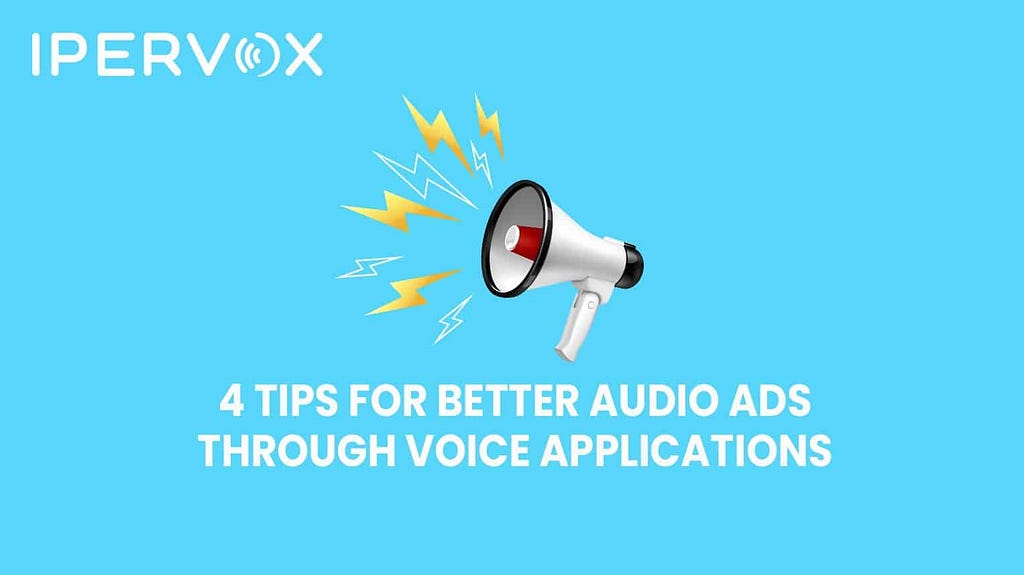
Audio ads: they’re all around us today. People listen to them on a range of distribution channels, like radio, podcasts, smart speakers, music streaming services, and more. Audio ads are a key component of the audio revolution because they are central to the promotion of products and services.
Audio ads are a type of marketing that can be especially powerful. These advertisements typically take the form of radio broadcasts or podcasts where a story is told to listeners concisely and compellingly. When done correctly, advertisers can take advantage of one of the most resonant marketing means such as audio. With the power to engage, inform, and entertain people outside of their homes, advertisers can find success.

Advertising for your brand can be complex. It can range from using Alexa Skills, Google Assistant Actions to TV ads. Using a Skill or Action on Alexa or Google Assistant is one of the best ways to make sure your audio ads are making their way into the homes of millions of people who own a smart home device. These devices speak with these people every day, which will make sure that your audio ads are heard.
How to make your Audio Ads conversational through Voice Apps
Creating great conversational ads is a delicate art, and it’s not as easy as you might think. When writing a script for your ad, you must put yourself in the shoes of the listener to make it work.
More and more listeners are turning to audio streaming services that are available through smart speakers. This means that traditional radio and similar broadcasting services will have to compete with this new technology.
Developing clever conversational ads for voice-driven platforms will be essential for success in the voice space. Of course, dedicated voice applications sound like the best solution to reach such an audience.
However, don’t worry about how to create a truly effective conversational ad for this platform.
Trending Bot Articles:
2. Automated vs Live Chats: What will the Future of Customer Service Look Like?
4. Chatbot Vs. Intelligent Virtual Assistant — What’s the difference & Why Care?
Here are 4 tips on how to create the best of them:
1. Focus on making it as conversational as possible
Consider that the primary reason people use smart speakers like Amazon Echo is their ability to provide conversational experiences through the specific voice assistant, in this case, Alexa. Therefore, when creating your audio ads focus on making them conversational. When designing the conversational flow do it by analyzing how your target audience reacts to such experiences. Finding the appropriate voice tone for the audio will be the key to making it conversational and friendly, and ultimately attract the attention of the audience.
2. Find the best way to approach your target audience
In the space of voice applications, you will have two ways to reach your future customer.
- The first and the simplest one is to use an already existing streaming service like Spotify, Pandora, Amazon Music, etc. But, their services offer little to no possibility to control the user experience. This means lower chances of gaining new leads.
- The second one is to develop your own voice application. This way, you will have total control over the user experience, while generating valuable user analytics. Later, the collected data will provide you with the information you will need to improve your ads and better target the audience.
3. Harness the characteristics “voice” has to offer
Different from written ads, if used correctly, Audio Ads have the opportunity to better engage your audience. What makes them unique is the ability to transmit emotion and humor. These qualities of voice can be a powerful tool if placed well within the audio content.
4. Consider offering something extra
One of the best ways to gain the attention of the listeners and push them through the next steps is by offering something special. It can be a special promotion, a discount, a voucher code, something free, etc. This will surely attract more listeners to take further action and generate more leads. Furthermore, this way, you can hook them up for other services or products your business has to offer.
Don’t forget to give us your 👏 !



How to Create effective Audio Ads for Streaming Services & Voice Apps: 4 Tips for Success was originally published in Chatbots Life on Medium, where people are continuing the conversation by highlighting and responding to this story.
